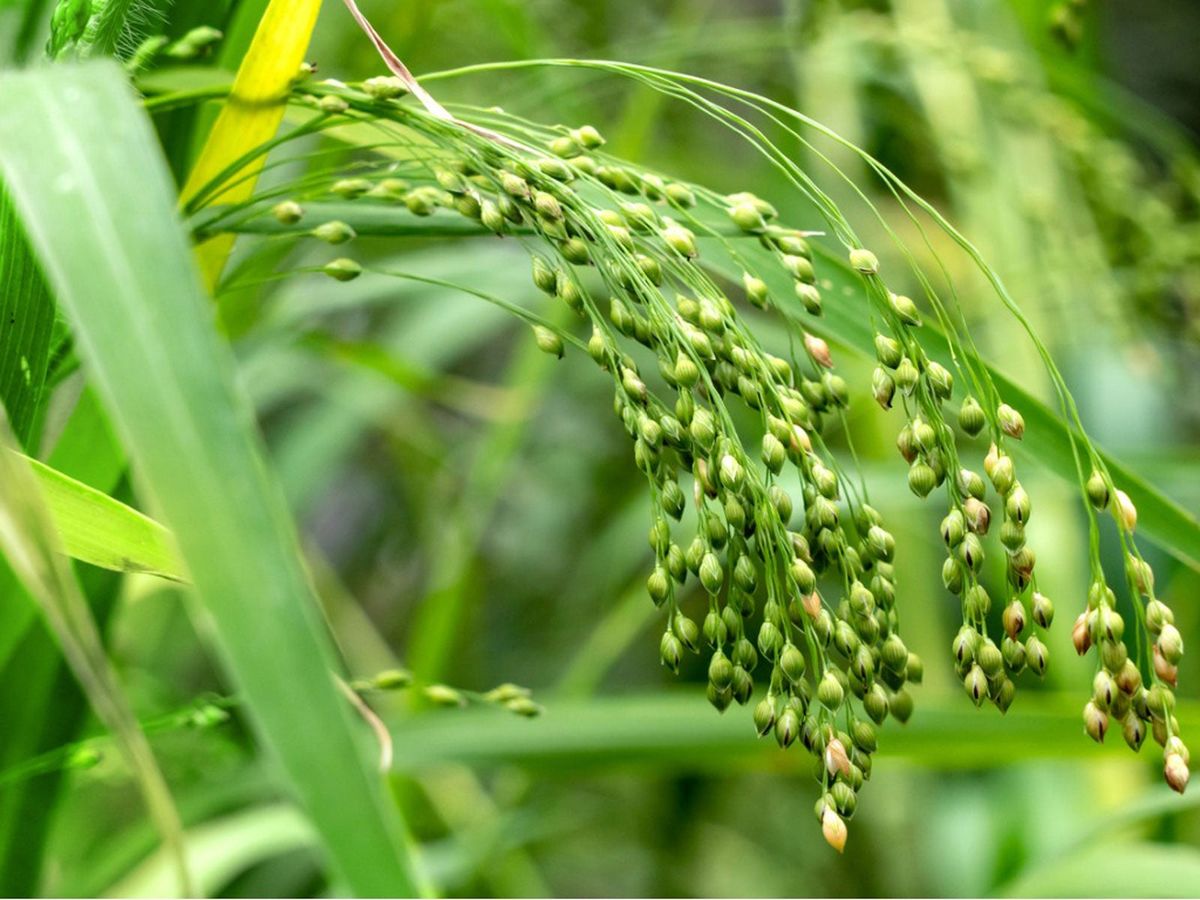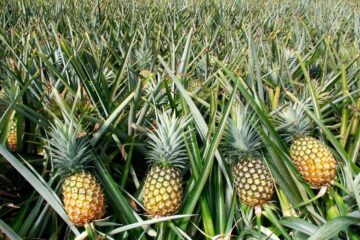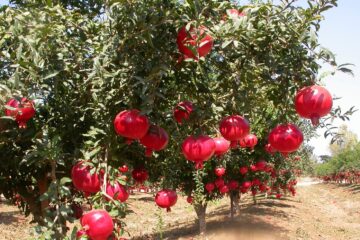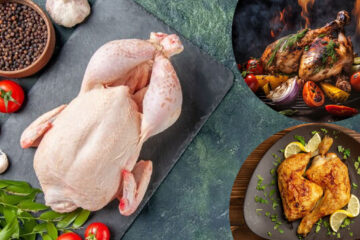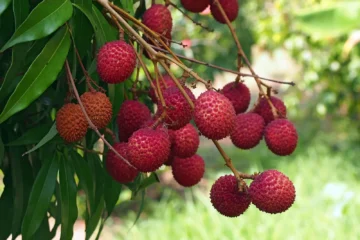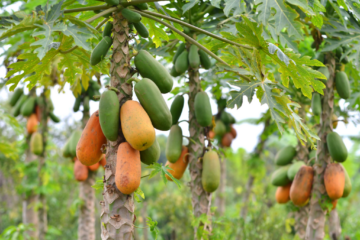As 2023 has been declared the International Year of Millets, it’s essential to understand the cultivation and importance of one of the prominent millets, foxtail millet.
Special Features
Foxtail millet plays a significant role among the millet crops cultivated in India. Its remarkable feature is that it matures in a very short period. It is highly suitable for cultivation in arid and semi-arid regions due to its drought resistance. Additionally, it can withstand waterlogging to some extent.
Foxtail millet is rich in proteins, minerals, dietary fiber, polyphenols, vitamins, essential amino acids, phosphorus, calcium, zinc, iron, lecithin, and phytates. Phytates help reduce the risk of cancer and assist in weight loss. It is an excellent food for individuals with high blood pressure, high cholesterol, and other heart diseases. The lecithin in it protects the nervous system. The millet is also abundant in vitamins, particularly B-complex, and folic acid, making it a great dietary choice for pregnant women to prevent anemia.
Cultivation Method
Foxtail millet thrives well in all soil types, especially clay and red soils. The Adi and Chithirai planting seasons are ideal for foxtail millet. For broadcast sowing, 12 kg of seeds per hectare is required, while row sowing needs 8 kg of seeds per hectare. Sowing in rows with a spacing of 20×10 cm yields better results.
Nutrient requirements per hectare are 40 kg of nitrogen, 30 kg of phosphorus, and 20 kg of potassium. This translates to 88 kg of urea, 189 kg of superphosphate, and 32 kg of potash. Although water management is not critical for this crop, irrigating 2-4 times during severe drought conditions is necessary. Keeping the field weed-free for the first 30 days ensures higher yields.
Foxtail millet is generally resistant to pests and diseases. With proper cultivation methods, it is ready for harvest within 65-75 days. The yield per hectare can be 20-23 quintals of grain and 50-60 quintals of straw.
Dr. K. Srimathi, Dr. K. Brinda, Department of Agronomy, PGP College of Agricultural Sciences, Namakkal – 637 405

